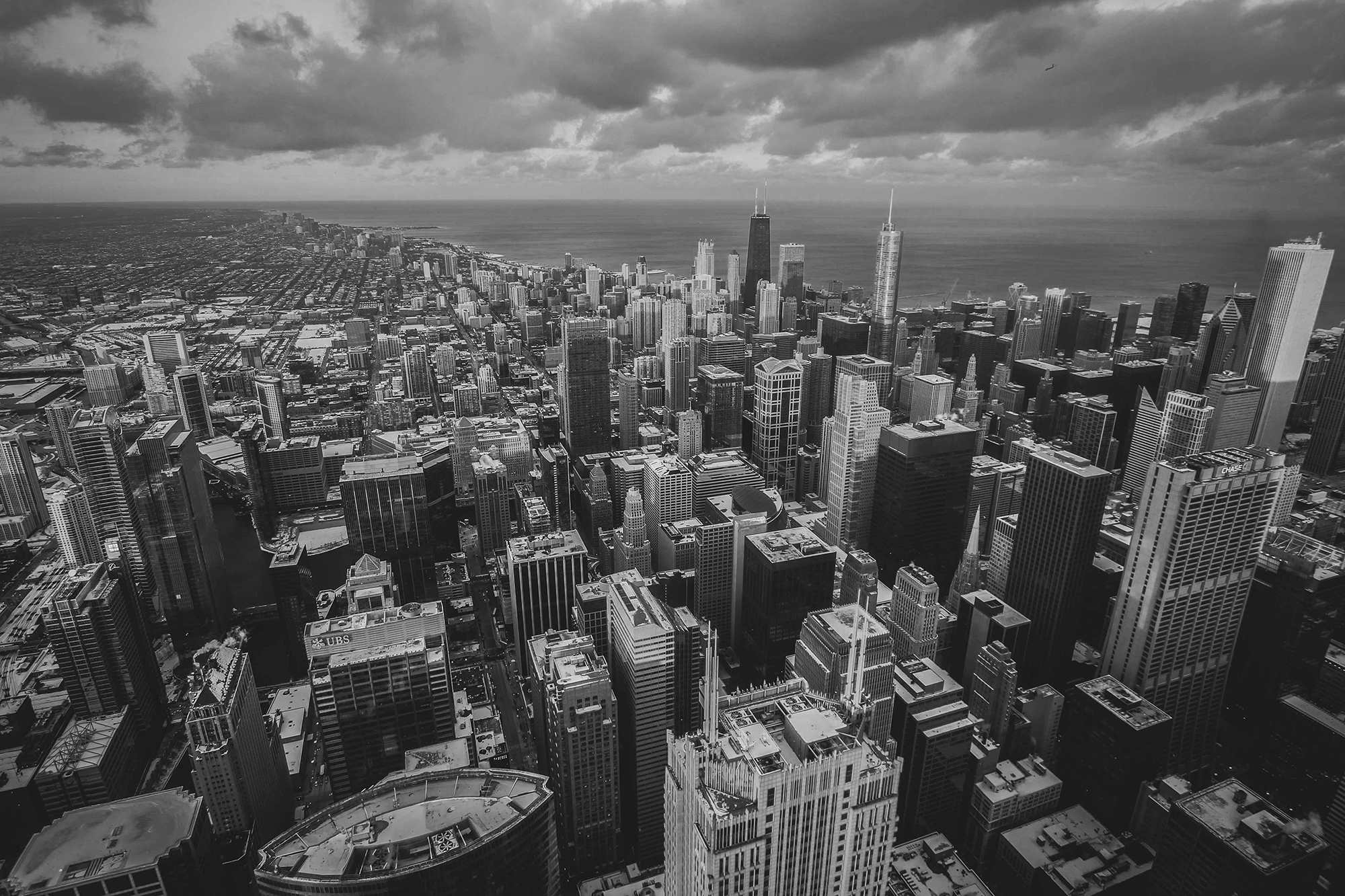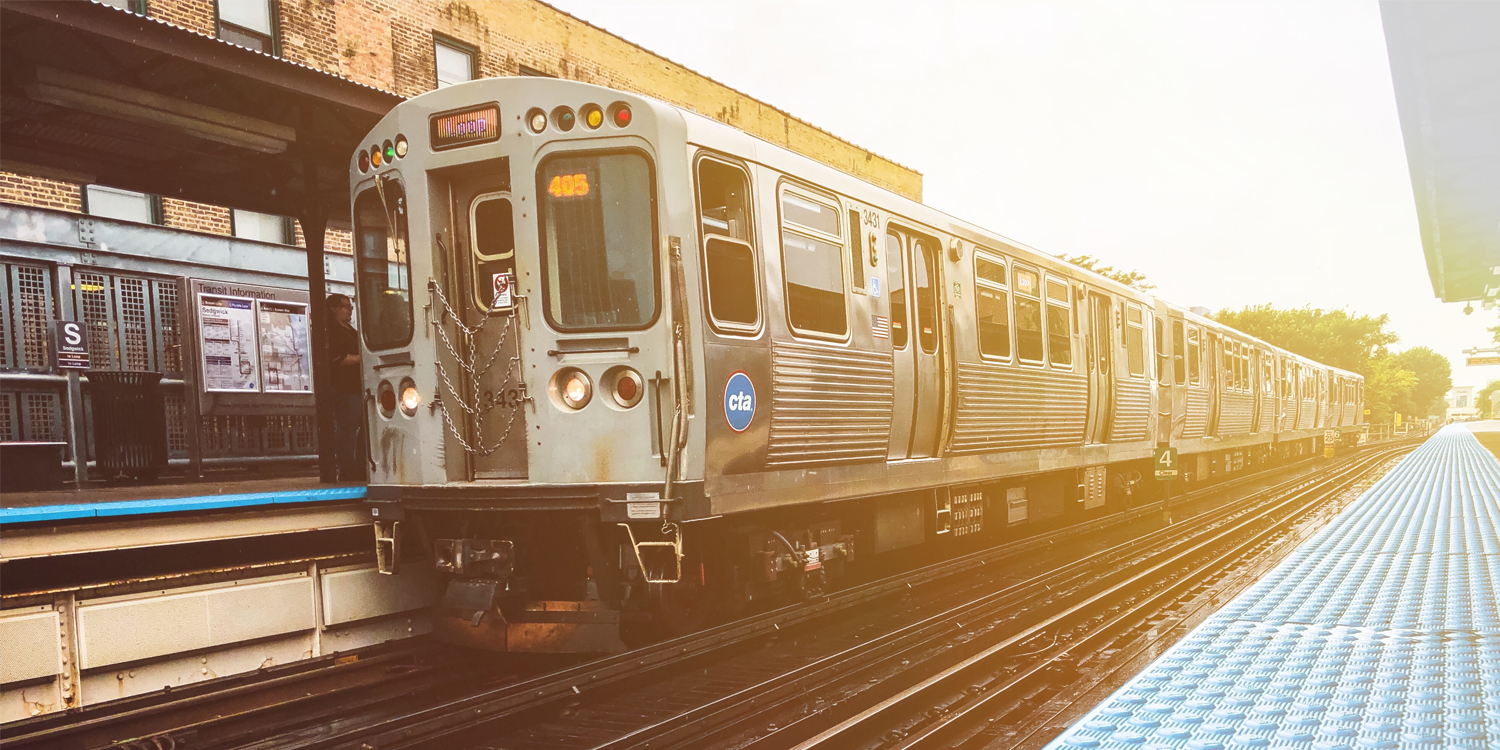
Roughly a year ago, the team at Blue Collar started a journey to fix one of the largest problems currently plaguing the world of rental real estate–maintenance management.
Rental properties have always been an important part of the housing industry, providing quality affordable living to over 35% of Americans. Before the commercialization of scattered-site rental homes after the market crash in 2012, much of the rental housing stock belonged to professional landlords and large apartment enterprises with the experience and resources to manage their maintenance operations effectively. As investment into rental properties has exploded over the last decade, many of the new landlords and institutions who own massive numbers of these assets have little-to-no experience managing maintenance operations, or the incentive to build out these networks and systems internally, leaving an enormous inventory of underperforming properties due to large maintenance costs and frequent tenant turnover.
While this is a significant pain point for the investors who own and manage all of this real estate, the other part of the story is a remarkably frustrating living experience for the millions of people who reside in these properties. At Blue Collar, we are fundamentally changing the experience for both parties. We believe there is something incredibly unfortunate about an industry that could be providing an amazing experience for everyone involved, but consistently fails not due to a lack of desire, but because of a lack of resources.

Blue Collar is designed differently
We’re using technology to bring rental property maintenance into the 21st century, but we’re also providing a much needed upgrade to the level of service this industry has long been lacking. Instead of viewing maintenance as a necessary evil, we view every interaction as an opportunity to delight both our clients and their tenants. This means an amazing level of communication, lightning fast turnaround, and super fair pricing.
To power all of this, we’re building technology that streamlines communication with our experienced maintenance professionals, as well as conversational AI support and a robust self service catalog that provide tenants with all of the resources they need to handle their issues quickly and cost efficiently.

Chicago, Blue Collar is ready for you!
We’re starting our nationwide rollout in Chicago, offering landlords and property managers an expert partner to take all of the property maintenance and turnover operations off your plates!
Let’s get going!

